Dinner
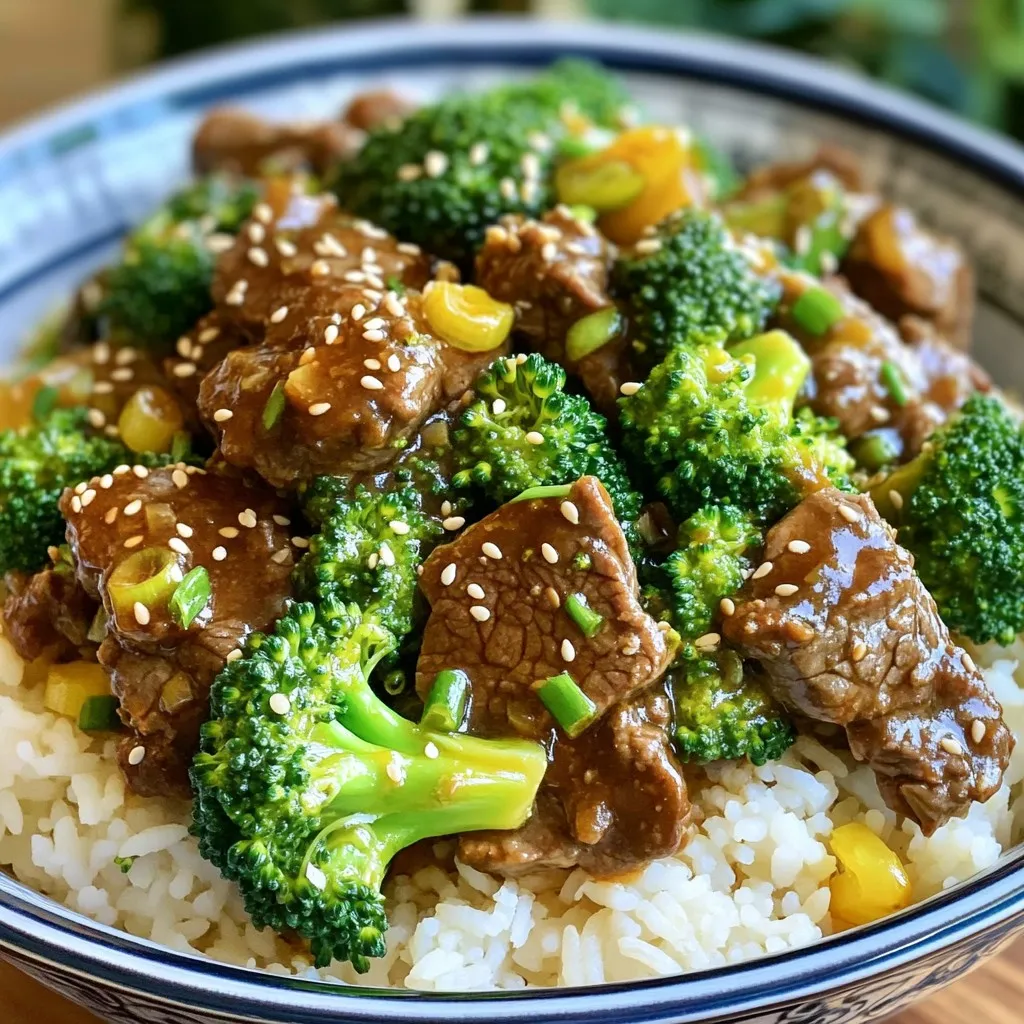
Slow Cooker Teriyaki Beef & Broccoli Delightful Recipe
Are you ready to transform your dinner routine with a tasty dish? This Slow Cooker Teriyaki Beef & Broccoli recipe is easy, quick, and absolutely
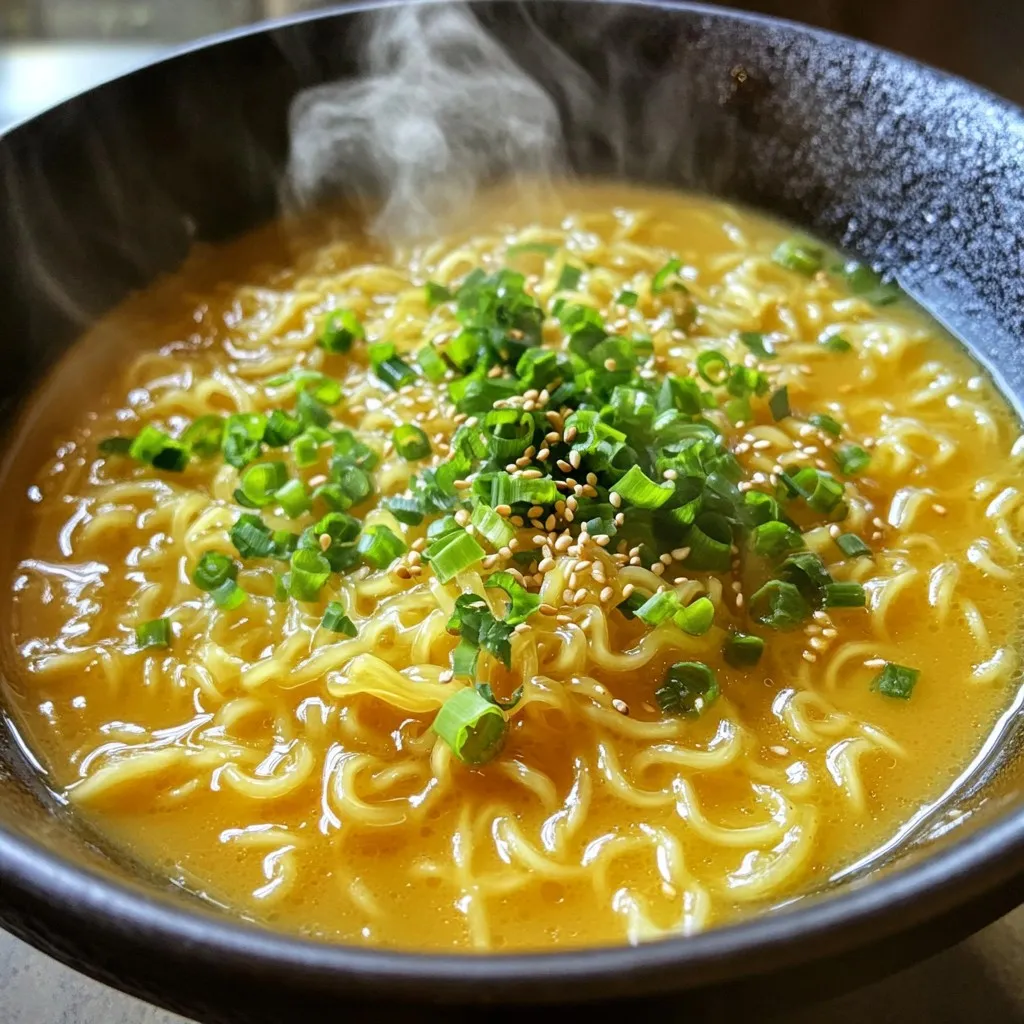
Minute Honey Butter Ramen Simple and Tasty Meal
Looking for a quick and tasty meal? Minute Honey Butter Ramen is your answer! This simple dish blends sweet and savory flavors, making it a
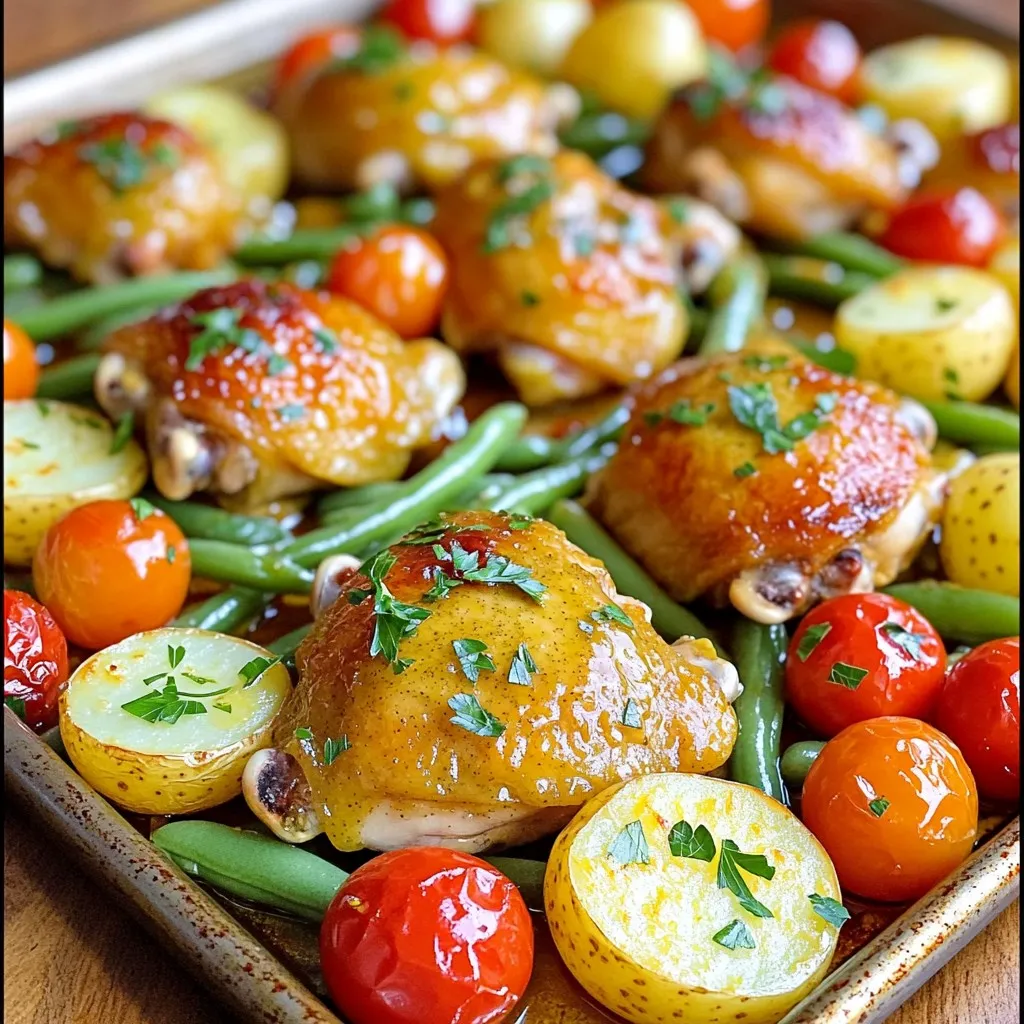
Sheet Pan Lemon Dijon Chicken & Veggies Delight
Get ready for a dinner that’s easy and tasty! My Sheet Pan Lemon Dijon Chicken & Veggies is a simple meal that packs bold flavors.

Slow Cooker Spiced Apple Cider Cozy and Warm Drink
As the chill of fall sets in, nothing warms you up quite like a cup of Slow Cooker Spiced Apple Cider. This cozy drink fills
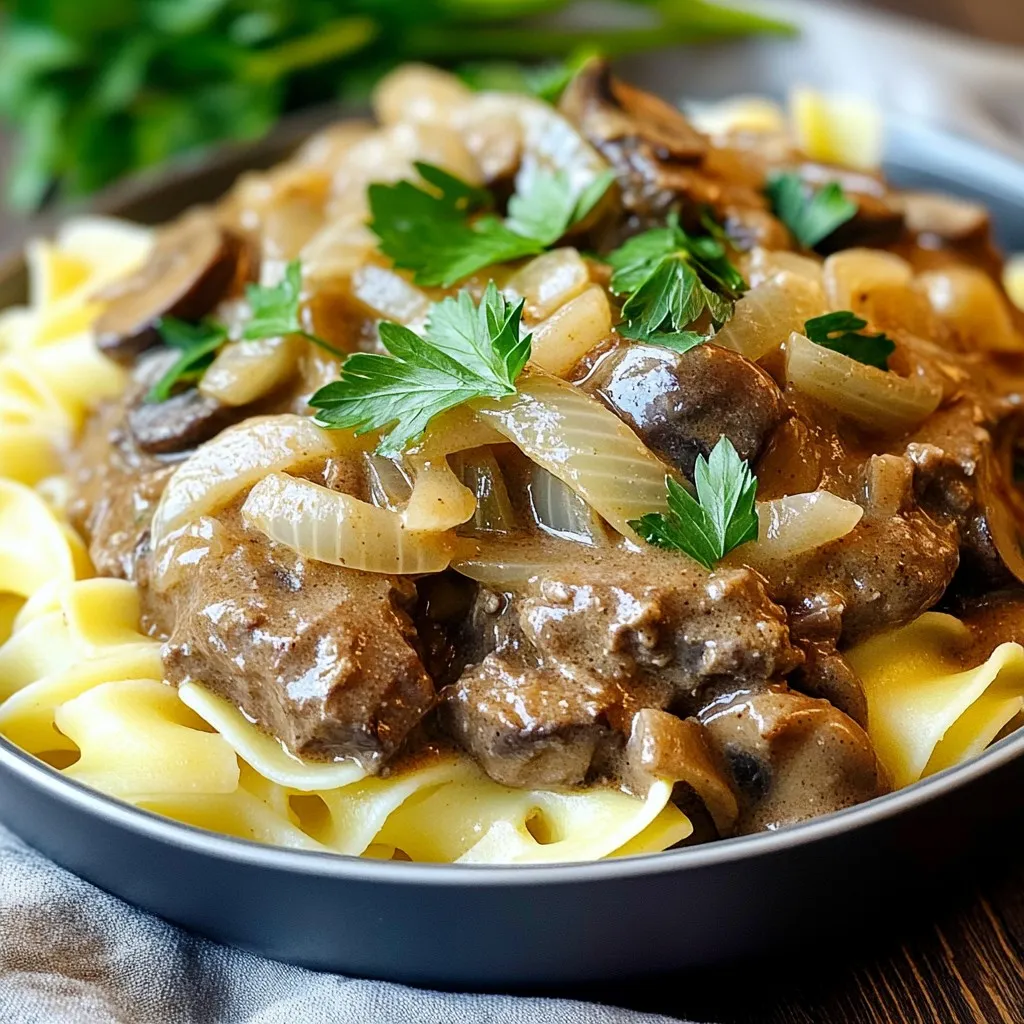
Slow Cooker Beef & Mushroom Stroganoff Delight
If you crave comfort food that’s simple and satisfying, you’ll love this Slow Cooker Beef & Mushroom Stroganoff Delight. I’ll guide you through each step,
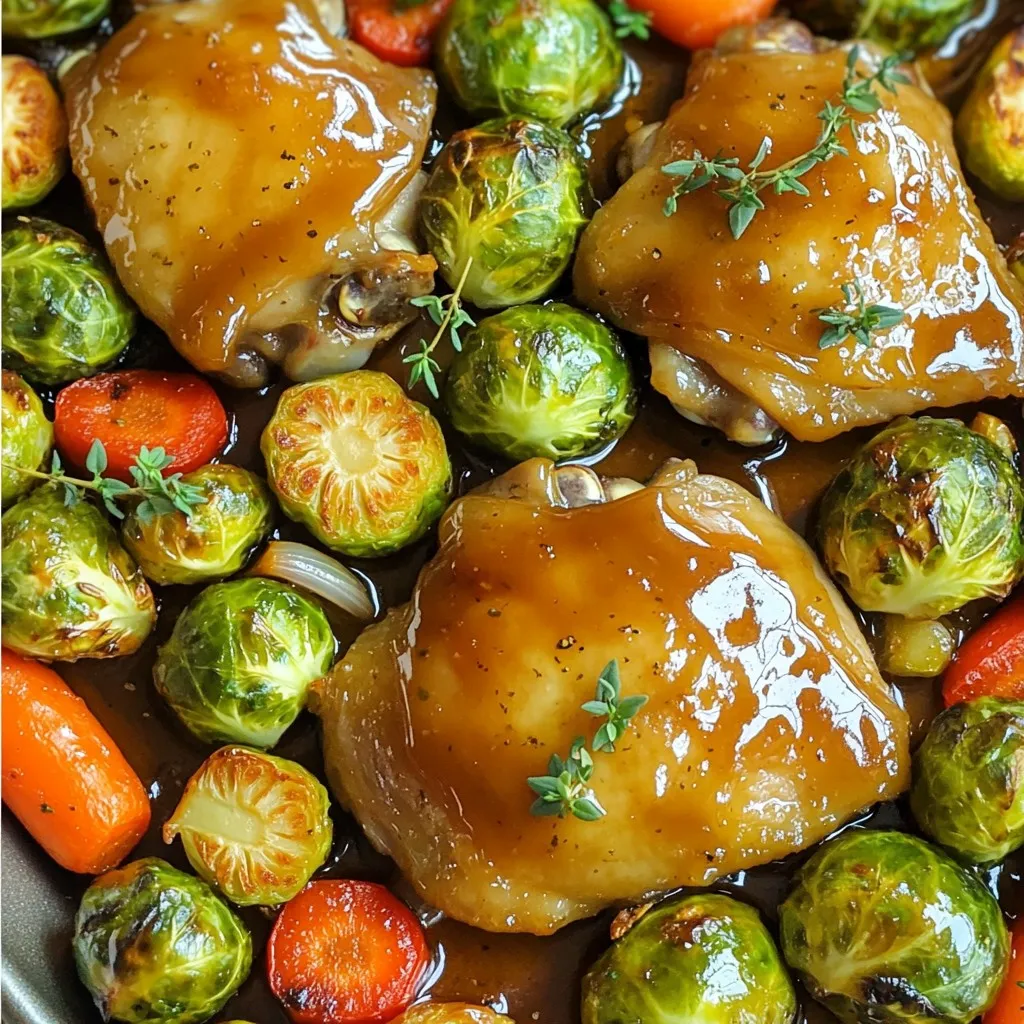
Sheet Pan Maple Dijon Chicken & Veggies Delight
If you’re looking for a simple yet tasty meal, you’ve found it! My Sheet Pan Maple Dijon Chicken & Veggies Delight is your new go-to
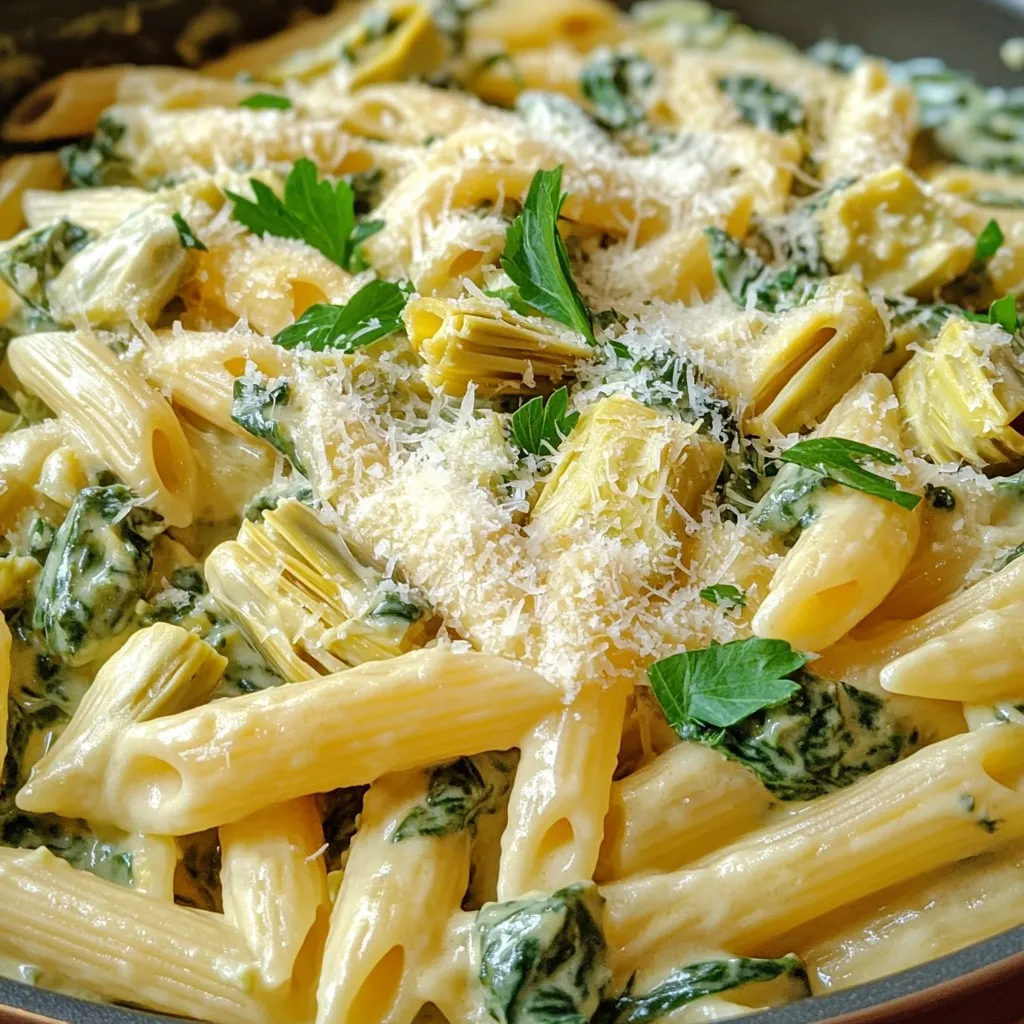
Spinach Artichoke Dip Pasta Creamy and Tasty Dish
If you love creamy dishes, you’ll adore this Spinach Artichoke Dip Pasta! Imagine all the flavors of the classic dip combined with tender pasta. It’s
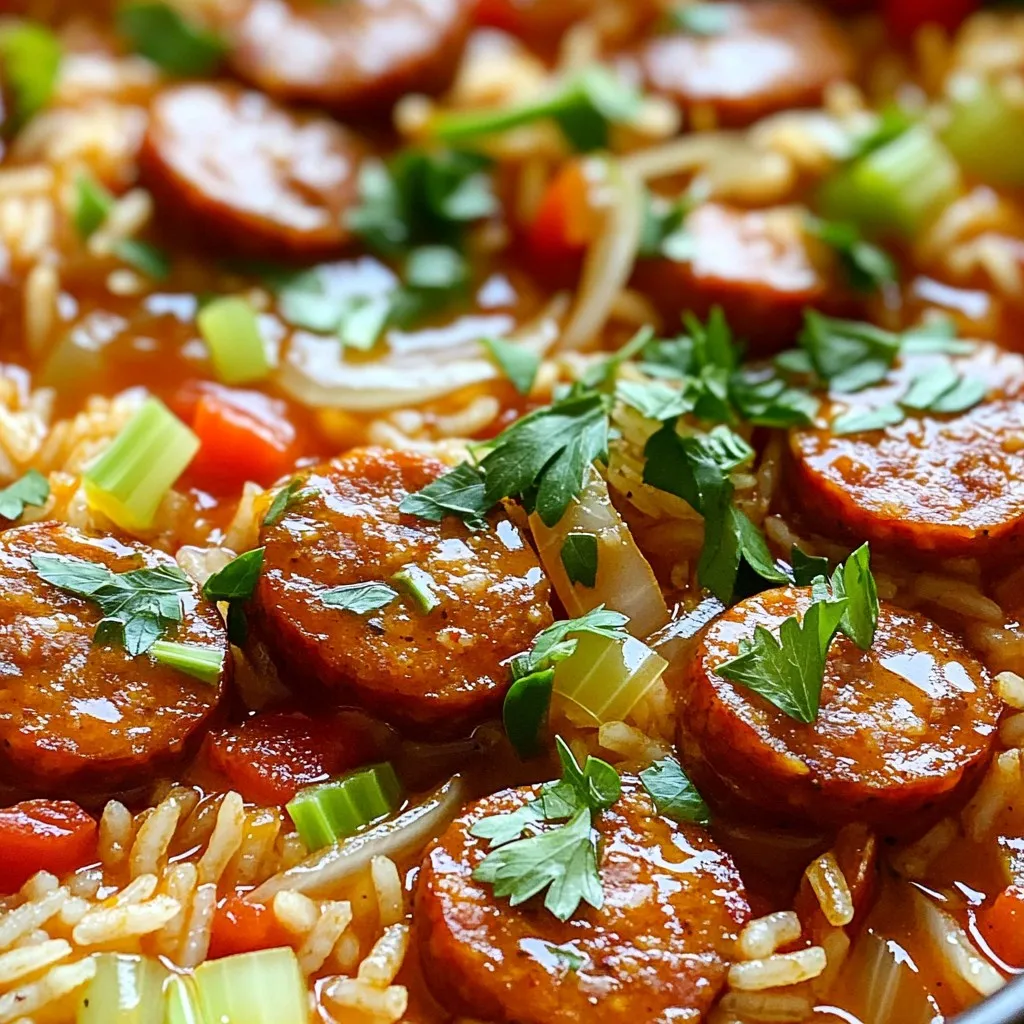
One-Pot Cajun Sausage & Rice Tasty Dinner Choice
Are you ready for a meal that’s packed with flavor and easy to make? My One-Pot Cajun Sausage & Rice is the perfect choice for

Slow Cooker Loaded Potato Soup Comforting and Easy Meal
Looking for a warm and easy meal to enjoy? I have just the thing! My Slow Cooker Loaded Potato Soup is comforting, delicious, and perfect
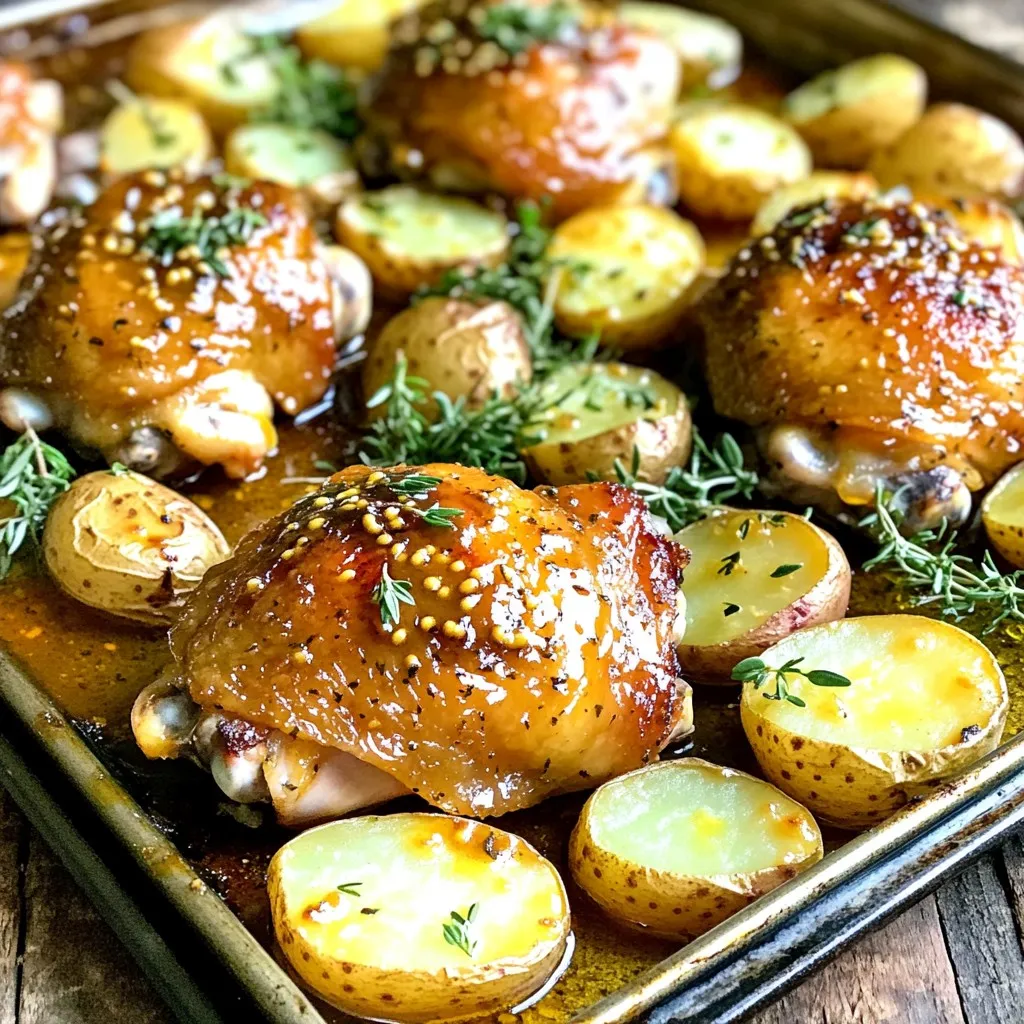
Sheet Pan Honey Mustard Chicken & Potatoes Delight
Are you ready to transform your dinner routine? My Sheet Pan Honey Mustard Chicken & Potatoes Delight is your answer! This simple recipe makes weeknight